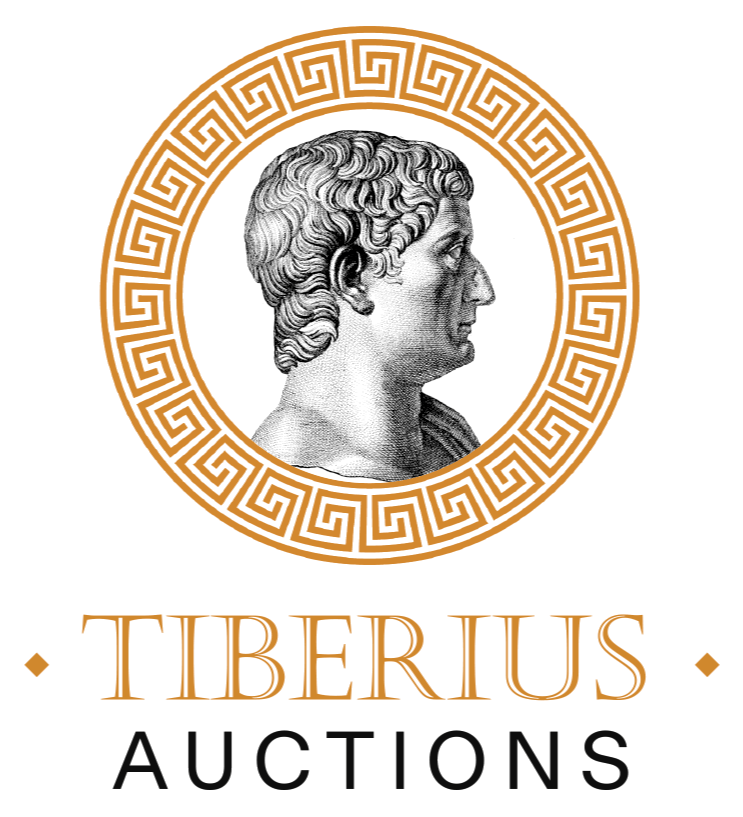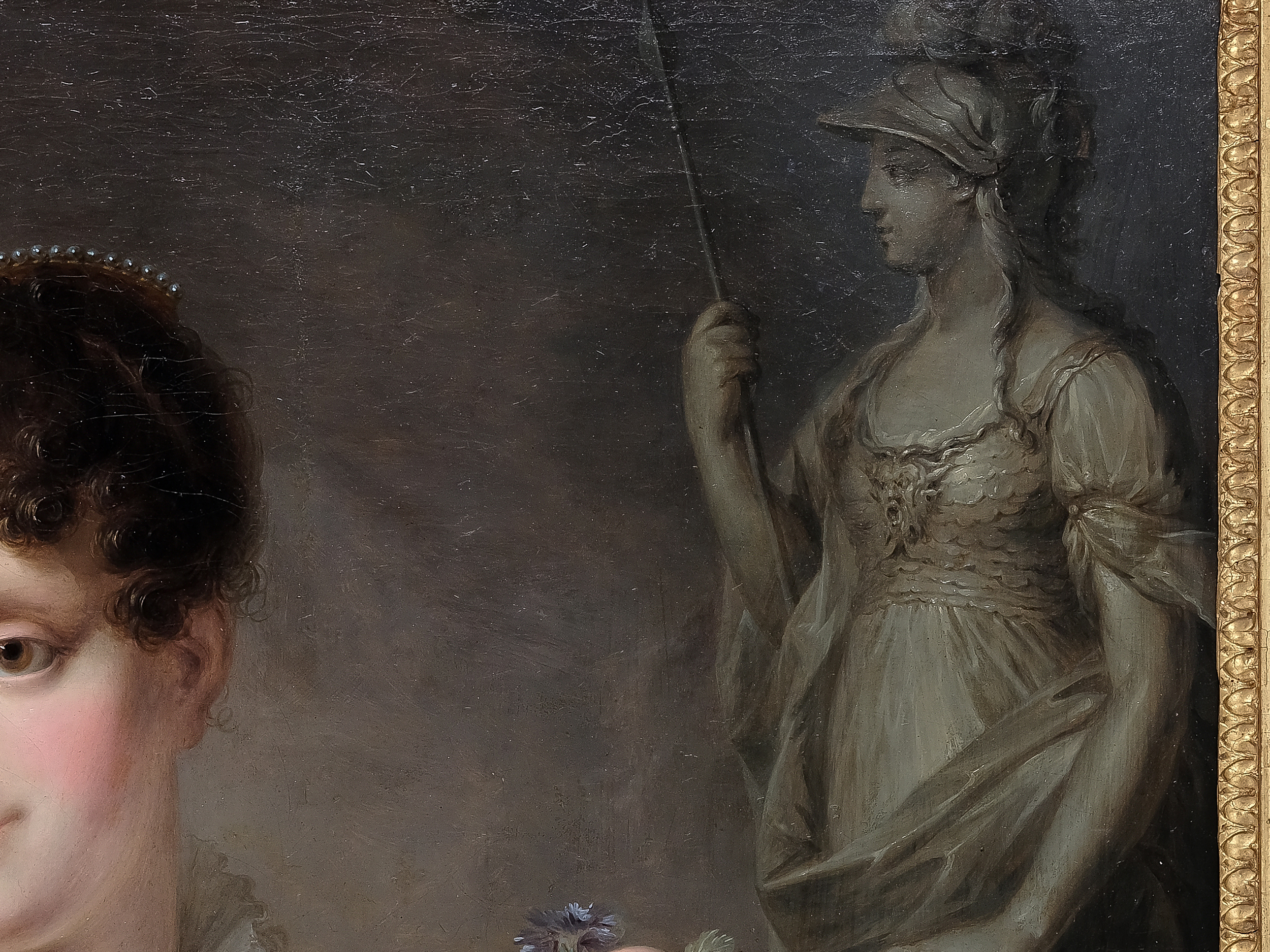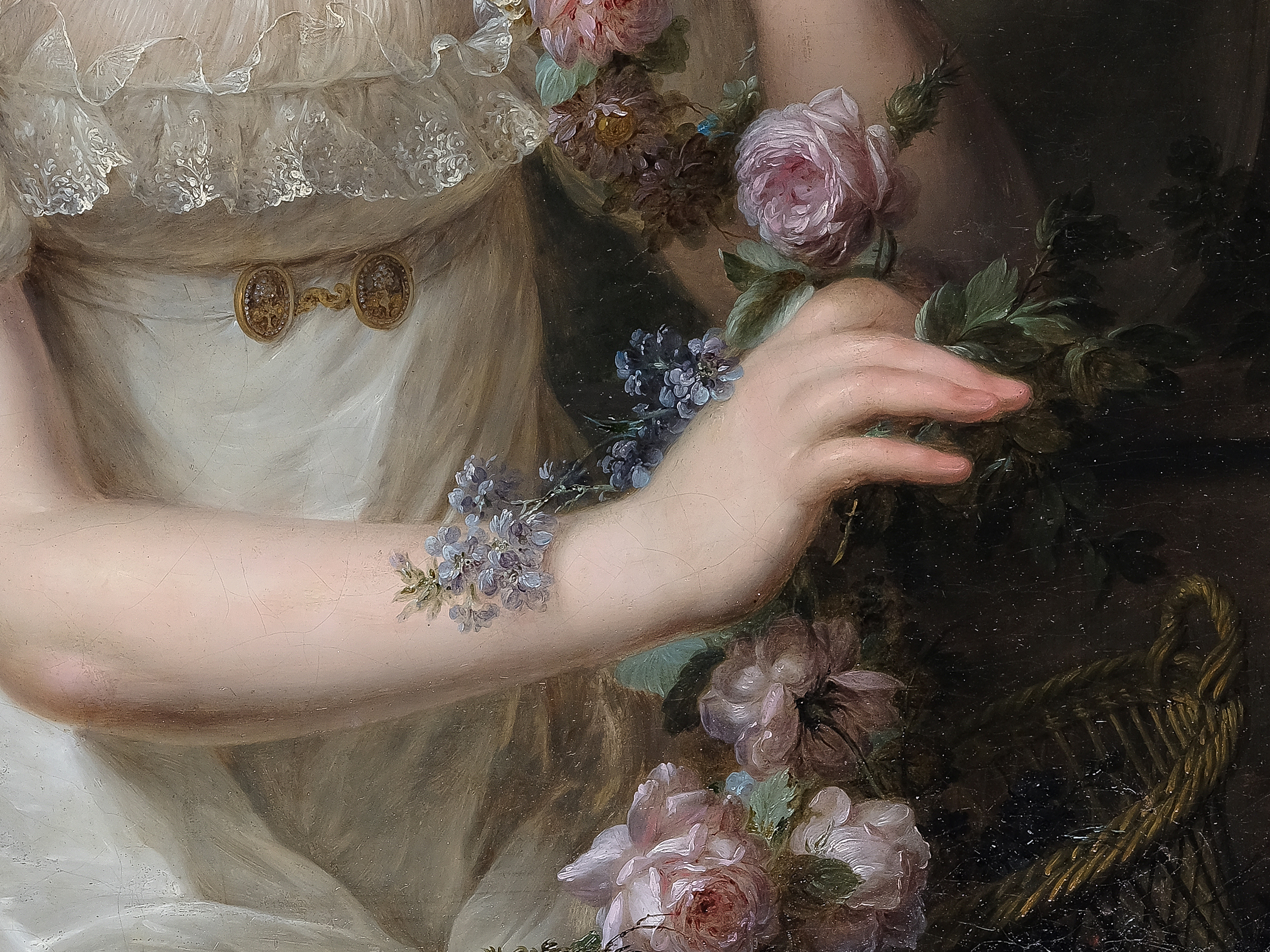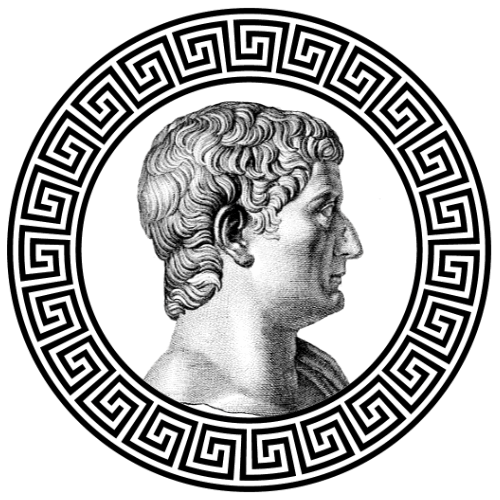Luis Paret y Alcázar
17th Tiberius Auction
Luis Paret y Alcázar
Starting price:
€ 3.000
- USD: 3.456 $
- GBP: 2.633 £
Estimated price: € 4.000 / 8.000
| from | to | bid increment |
|---|---|---|
| 0 € | 99 € | 5 € |
| 100 € | 199 € | 10 € |
| 200 € | 399 € | 20 € |
| 400 € | 999 € | 50 € |
| 1.000 € | 1.999 € | 100 € |
| 2.000 € | 3.999 € | 200 € |
| 4.000 € | 9.999 € | 500 € |
| 10.000 € | 19.999 € | 1.000 € |
| 20.000 € | 39.999 € | 2.000 € |
| 40.000 € | ∞ | 5.000 € |
Luis Paret y Alcázar
Madrid 1746 – 1799 Madrid, attributed
Portrait of a Lady
Oil on canvas, relined
81 x 65 cm, with frame 97.5 x 80 cm
Luis Paret y Alcázar (1746–1799) is one of the most important Spanish artists of the 18th century and is considered one of the leading representatives of Rococo on the Iberian Peninsula. He was trained at the Real Academia de Bellas Artes de San Fernando in Madrid and was in close contact with the Spanish court from an early age, where he worked as a decorative painter and portraitist. Strongly influenced by French and Italian painting, Paret combined the grace and lightness of Rococo with remarkable powers of observation and psychological depth. His portraits are characterized by delicate, atmospheric lighting, subtle colors, and elegant compositions. Despite his temporary exile due to political intrigues, he developed a distinctive oeuvre that mediates between courtly elegance and bourgeois intimacy.
The portrait of a young lady presented here, attributed to Luis Paret y Alcázar, exemplifies these qualities in an exemplary manner. The subject wears a precious white dress, whose fine fabric falls in numerous, artfully placed folds and is draped around the body like tulle. The fabric appears almost weightless, flooded with light and yet tactile – an impression that is emphasized by the numerous highlights along the contours and folds. At the neck, the dress closes into a small, delicate ruffle, while above the chest it is held in place by a narrow belt with two coin-like ends – a detail typical of the fashion of the late 1770s to early 1780s. The coloring is of exceptional quality: soft, pearlescent shades of white and pink combine with the warm, golden-brown hair color and delicate flesh tones to create a harmonious overall effect. The materiality of the garment is emphasized with great virtuosity – every fold, every reflection of light testifies to the painter’s skill and aesthetic sensibility.
The young woman’s dark brown hair is pinned up and held in place at the top of her head by a narrow comb adorned with a fine row of pearls. Short, curly strands fall across her forehead, giving the portrait a lively, almost modern expression. Her face reveals a high forehead, large brown eyes with finely accentuated eyelids, a striking nose, and a slightly smiling mouth. Her rosy cheeks emphasize her youthfulness and freshness. Paret succeeds in combining the physiognomic features of the subject with psychological depth—she appears both graceful and thoughtful, present and distant.
In her right hand, the young lady holds a garland of flowers that curves gently downward and is taken up again in her left hand. Beneath it is a raffia basket from which she has apparently just taken the flowers. The roses in the garland—in shades of white, pink, and violet—are a central symbol: in the artistic tradition, they represent love, beauty, and transience, but in the context of a female portrait, they can also refer to purity, virtue, and grace. This subtle ambiguity lends the scene a poetic depth that is typical of Paret’s symbolically charged portraits.
In the background, a tranquil landscape framed by plants opens up beneath a sky that transitions from bright blue to muted gray. On the right side of the picture is a statue of the goddess Athena, the protective goddess of Athens, equipped with a helmet, lance, shield, and the aegis on her chest. She gazes impassively ahead, leaning on her shield with her left hand and holding the lance in her right. Particularly noteworthy is the gesture that connects her to the woman portrayed: the goddess’s outstretched index finger on the shield and the young woman’s raised ring finger seem to almost touch each other – a subtle, almost mysterious composition reminiscent of Michelangelo’s “Creation of Adam.”
This gesture can be read as a symbolic reference to the connection between human beauty and divine wisdom. Perhaps it indicates that the young woman depicted – protected or inspired by Athena – is to be understood as the embodiment of wisdom, virtue, and prudence. At the same time, however, the gaze of the woman portrayed remains averted from the statue, creating a meaningful tension.
A comparable work from the private collection of Luis Paret y Alcázar shows a lady with a child in similar clothing and with comparable hair. Instead of the rose garland, a single rose opening above the face of a child lying in a magnificent cradle is shown – a symbol of love, purity, and transience. The woman’s left hand is stretched out toward the child, while her right hand is placed on her breast – possibly a reference to the Maria lactans iconography and thus to maternal care. On the left side of the painting, a bird appears, surrounded by pink light, looking up into a ray of light – probably to be interpreted as a phoenix, symbol of rebirth, or as the Holy Spirit. This related painting underscores Paret’s preference for combining sensual elegance with allegorical depth.
Paret y Alcázar’s portraits are not mere likenesses, but complex visual narratives in which light, color, symbol, and gesture come together in perfect harmony. In this painting, technical perfection—evident in the precise rendering of the fabric, the finely placed light reflections, and the exquisite coloration—is combined with a quiet, allegorical depth. It is a portrait of great elegance and psychological virtuosity—a work that unites the ideals of the Rococo and the Spanish Enlightenment in a single figure.







